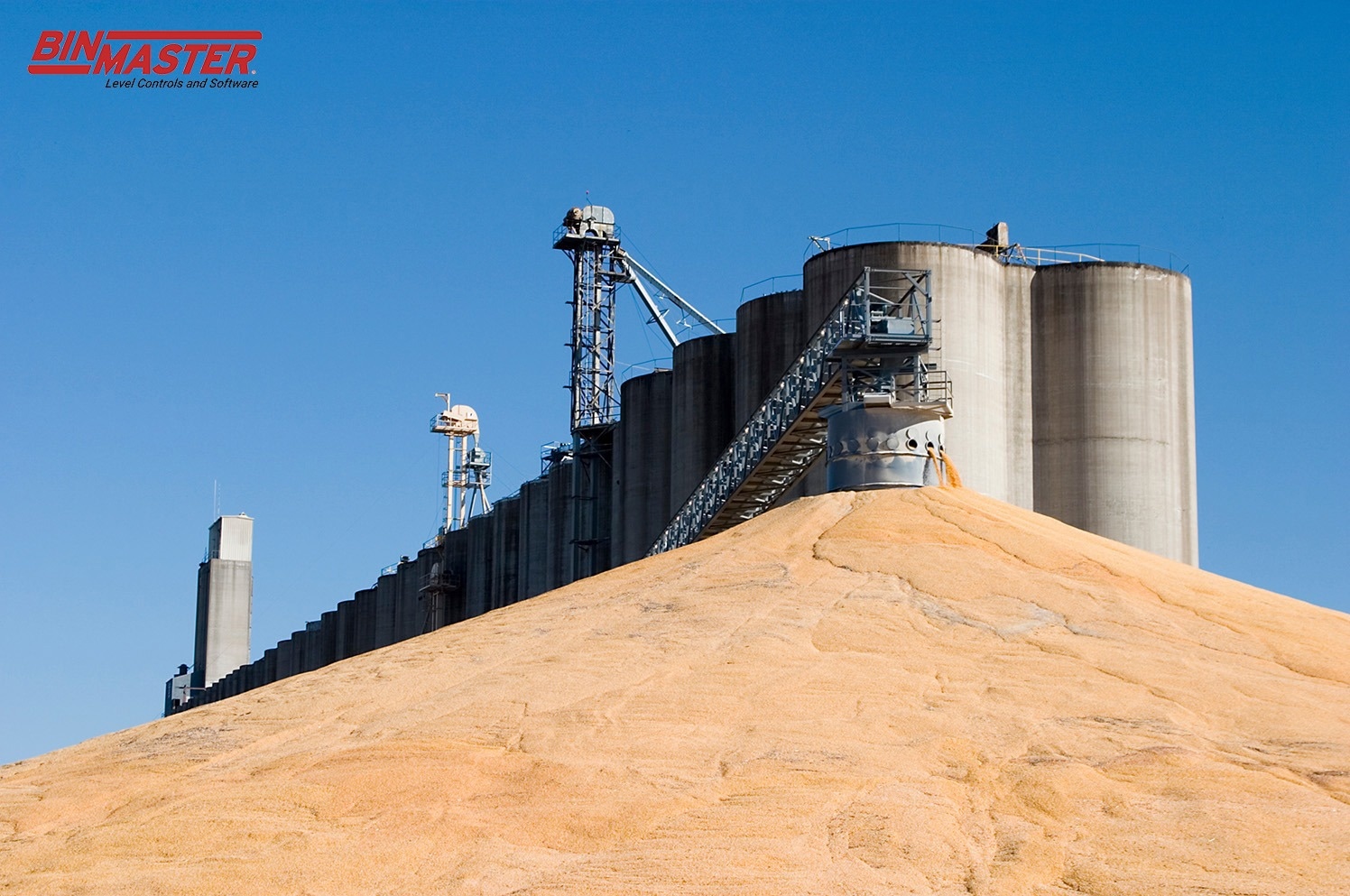Sponsored by BinMasterReviewed by Olivia FrostJul 18 2023
Bulk density refers to the mass per unit volume of a material in its bulk state, whether in powder, liquid, or granules. When dealing with solids or powders, the weight of bulk material is commonly expressed as lb./ft3 or g/cm3.

Image Credit: BinMaster
Experienced processors often have the material weights memorized. While the user-friendly graphics and reports provided by BinCloud may seem straightforward, obtaining bulk inventory information involves various calculations, such as considering vessel size, headspace, and the bulk density of the measured material.
Level Measurement Relies On Multiple Measures
A food production company relies on level sensors to monitor the flour silo to ensure timely refills. However, switching to a different brand of flour with a higher bulk density disrupts the measurements, causing delays in refills and halting production.
Similarly, a feed operation utilizes a level sensor to measure a mixture stored in a tank. The density fluctuates with temperature. If the operators do not anticipate or accurately account for the varying density, it can cause an underestimation of the supply by the sensor and result in production stoppages.
There’s a lot of promises about bulk level sensors out there, but getting the right system, configured correctly, takes some know-how. We’ve built our software to account for things like the bulk density of the material, and we always encourage operators to give us a call when material changes or level readings seem off.
Mike Mossage, BinMaster Vice President for Eastern U.S
Level sensors installed on bins, tanks, and silos do not directly incorporate the consideration of bulk density. Instead, they assume a constant or predetermined bulk density. These sensors typically gauge the headspace, the distance between the material and the top of the vessel, and vessel geometry, pressure, weight, and distance.
Combining these measurements generates a level reading, from which volume and weight can be derived. Mossage noted that strapping tables also contribute to the accuracy of these measurements.
Image Credit: BinMaster
The engineers at BinMaster are consistently advancing technology in this field. Level systems can utilize multiple sensors, incorporate 3D technology, enable continuous level monitoring, and offer high-tech software solutions such as BinCloud, all of which aim to enhance accuracy.
“The density of a bulk material can be different inside one silo. In some cases, material compacts at the bottom, and not so much at the top. We’ll look at that. We’ll ask about how often material loads and unloads and we’ll come up with workable averages,” said Nathan Grube, BinMaster Vice President. Central U.S.
What Can Change Bulk Density Within My Vessel?
Table 1. Source: BinMaster
| . |
. |
|
Particle
Setting
|
Powders and granular particles gradually settle in spaces over time due to the force of gravity. This settling phenomenon can result in denser packing at the bottom of a vessel, leading to a higher bulk density compared to the top.
|
|
Compaction
|
The weight of bulk materials, especially powders, can cause compression. As more material accumulates, the pressure on the lower layers increases, resulting in compaction and a higher bulk density in the lower portions of the vessel.
|
|
Air
|
Powders may contain trapped air or voids within their particles. These voids can compress or release during the filling or discharge process, thereby affecting the bulk density. A higher air content typically corresponds to a lower bulk density, while a lower air content tends to result in a higher bulk density.
|
|
Flow
|
Powders can exhibit varying flow behaviors. They tend to clump together, leading to uneven distribution and density.
|
Bulk Density - Just for Fun
Table 2. Source: BinMaster
| . |
. |
|
Corn
|
The density of corn exhibits regional variations due to genetic differences, diverse growing conditions, and agricultural practices. Agricultural scientists consider density when developing corn varieties.
|
|
Packing
Peanuts
|
Packing peanuts are designed to have a low bulk density to provide cushioning and protection during shipping. Due to their low density, they occupy more space than the material they are intended to safeguard.
|
|
Pumice
|
Pumice is a type of stone that floats on water due to its low bulk density, which is attributed to the presence of numerous air cavities throughout its structure.
|
References and Further Reading

This information has been sourced, reviewed and adapted from materials provided by BinMaster.
For more information on this source, please visit BinMaster.